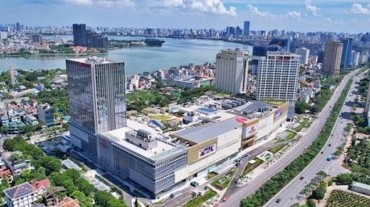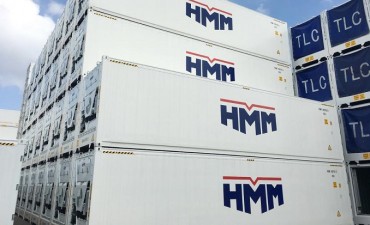
The increasing popularity of “PB Products” like E-mart’s “No Brand” goods is lining the pockets of retailers, but doing little to benefit manufacturers according to a report published by the Korea Development Institute (KDI). (Image: E-mart)
SEJONG, Aug. 16 (Korea Bizwire) – The increasing popularity of “PB Products” like E-mart’s “No Brand” goods is lining the pockets of retailers, but doing little to benefit manufacturers according to a report published by the Korea Development Institute (KDI).
PB products (Private Brand) are a variety of consumer goods that are produced by manufacturers that are then branded and sold by retailers. The market for PB goods began slowly in the mid-2000s but has since grown exponentially in a short period of time.
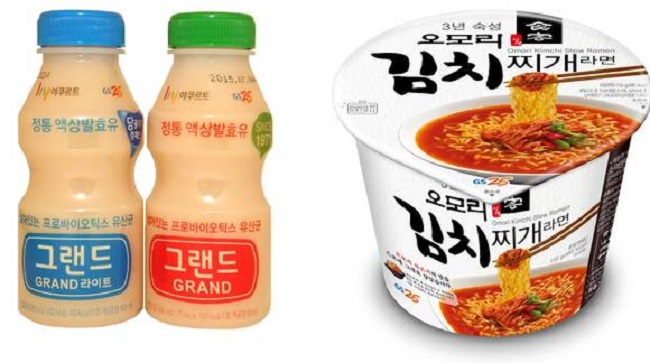
The market for PB goods began slowly in the mid-2000s but has since grown exponentially in a short period of time. (Image: GS25)
Data indicates total revenues generated from PB products by the three market leaders among major retailers, supermarket chains and convenience store chains was 9.3 billion won in 2013. Compared to five years earlier, PB product revenues nearly tripled (3.6 billion won in 2008).
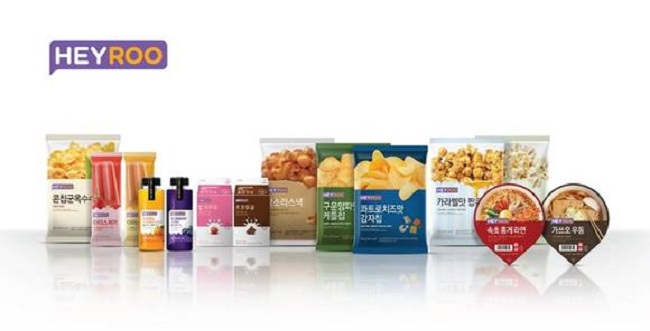
Compared to five years earlier, PB product revenues nearly tripled (3.6 billion won in 2008). (Image: CU)
Despite the positive returns, manufacturers of PB products have little cause for celebration. According to the report published by the KDI, retailers experienced positive gains in revenues and profits when selling more PB products, but manufacturers’ profits stayed stagnant irrespective of increased sales.
An analysis of data over the period from 2006 to 2014 (from the results of a study of retail and wholesale companies) revealed that if the proportion of total revenue occupied by PB products increased by one percentage point, total revenues increased by an average of 22.3 million won. Accordingly, profits also increased anywhere from 2.7 million to 9 million won.
But this pecuniary advantage was restricted to retailers. The results of a survey of 1,000 manufacturers showed that counterintuitively, when a higher percentage of total revenue was comprised of PB product sales, total revenues actually declined (excluding small and micro businesses).
Even large companies were found to suffer losses if PB products took up a larger part of the revenue pie. Small businesses under the same scenario actually saw their overall revenues increase, but experienced no increases in profits.
The KDI report identified the profit margins of retailers as higher than the profit margins of middle-sized, small and micro manufacturers, with the latter’s “weak” position compared to massive retail chains a possible cause of the imbalanced margins.
The unbalanced relationship is also believed to have given rise to unfair business practices among retailers, with 30 of 309 PB product suppliers stated that they had been on the receiving end of such practices.
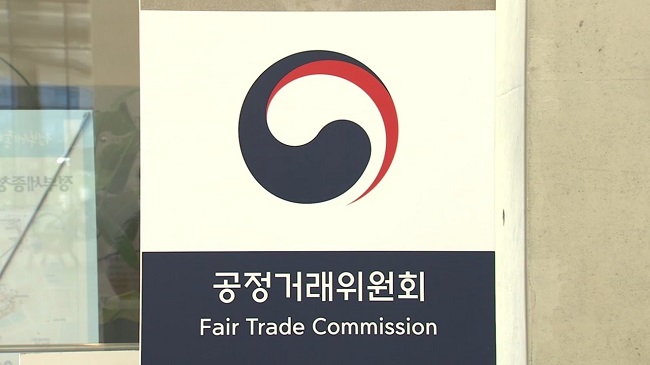
With a strong likelihood that the PB products market will continue to grow even larger, the report stressed the need for targeted reforms to correct the existing imbalances. (Image: Yonhap)
Some of the common transgressions included demands for lower prices and being put under pressure by retail partners to develop new PB products.
With a strong likelihood that the PB products market will continue to grow even larger, the report stressed the need for targeted reforms to correct the existing imbalances.
S.B.W. (sbw266@koreabizwire.com)



